Remnant II Review
Remnant: From the Ashes is a game I respect. Developer Gunfire Games had a fascinating approach to the action RPG genre that aimed to make campaign playthroughs unique and meaningful from person-to-person; a single one-time playthrough was far from enough in seeing everything the game had to offer. Even if you reached the credits, a character build could still feel incomplete, and one’s attachment to the game largely relied on their desire to explore what else was possible to build out their character even more. I played a good chunk of Remnant: From the Ashes, but I ultimately never fully completed it.
Fast-forward four years since the original game’s release and Gunfire Games is at it again with Remnant II. It’s pretty much almost everything I’d hoped for in a sequel to the first Remnant - it retains the same core design philosophy, makes smart improvements to its character progression systems, offers huge enhancements to its visuals, and remains a ton of fun to play on a moment-to-moment basis.
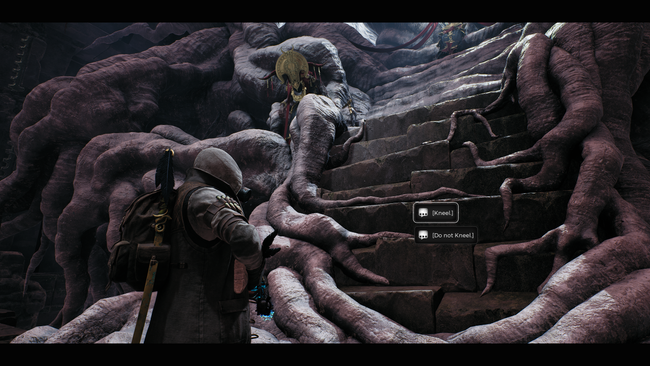
Let’s start with how both Remnant titles approach game design. The central foundation has players teleport to new discrete realms through a World Stone. Each of these realms ultimately provides some narrative reason for a player to seek out a final boss for that area in order to complete it and move on to the next one.
Now, the journey there is what makes it interesting. There isn’t necessarily a marker on the HUD that shows the critical path forward. All players can rely on is a wanderlust to explore these zones that may lead to other doors. How these doors are displayed on the map will indicate if it’s the way forward or a side area, but what lies behind that door is unknown until people step through it - maybe it’s a lengthy corridor leading to an event, maybe it’s a small area to solve a riddle, and so on.
Whatever it ends up being, undertaking it will benefit your character in some way, shape, or form. The reward might be a new trait to invest points in, a new weapon, a new accessory, or a new material to craft a mod. So no matter which path you end up taking, you’re always making progress in some fashion.
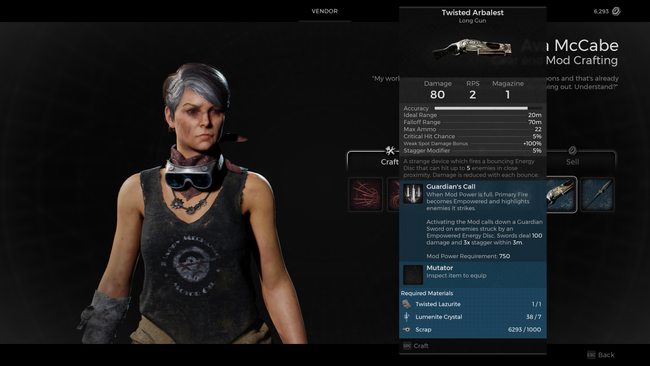
Procedural generation also plays a huge factor in making one person’s campaign distinct from another’s. Remnant will often change and remix not only the map layouts of each realm, but also what “activities” are behind the doors you stumble across. It selects from a large invisible pool of activities as a new campaign is generated and the grand sum of these alterations will define the entire “seed” of what makes a person’s world unique.
That means more new potential opportunities to find something a person did not discover on their first, second, third, fourth, etc. run of the same realm previously. There are even many bosses people will miss on their initial playthrough because their campaign seed didn’t have them, and that’s ok; it’s by design and feeds into what makes Remnant so replayable.
People can re-roll their entire campaigns at any time to start the game over on a higher difficulty or they can explore previously completed areas through Adventure Mode that generates a new seed for an individual realm without having to start the campaign over. Adventure Mode does allow players to bump up the difficulty individually from their campaign progression; no character progress is erased or wiped, as everything is transferred between both campaign and Adventure Mode variants of each realm.
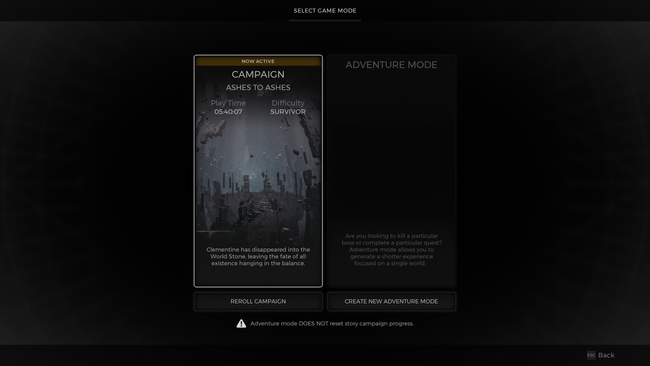
This is essentially what defines the Remnant games. Remnant II just makes everything bigger and better in that regard. Each realm is relatively many times bigger and more elaborate than what its predecessor put forth. The way forward is unclear, but that’s what makes exploration worth doing. It defies the mindless “go from point A to point B to point C all clearly marked” approach often found in games, and instead appeals to a person’s innate curiosity to explore the unknown. Still, it’s inevitable that players will notice repeated tilesets and room layouts, like in the first game, once they’ve run through a realm enough times.
If you’re worried about not having played Remnant: From the Ashes before, it’s perfectly fine to jump into Remnant II fresh without prior knowledge.
Sure Remnant II does take place several years after the first game with a lot of familiar faces in your Ward 13 home base, but the overall core story remains as one of its weaker aspects; it provides an overall goal, but there were only a few aspects that stuck out to me in a meaningful fashion.
Players play as a new character that is rescued with their companion at the beginning of the game, who are then brought to an expanded Ward 13. Your initial goal is to save another character from one of the realms you visit in the World Stone, but the narrative then expands to defeat the Root — a dangerous malignant phenomenon — by collecting fragments from the other realms.
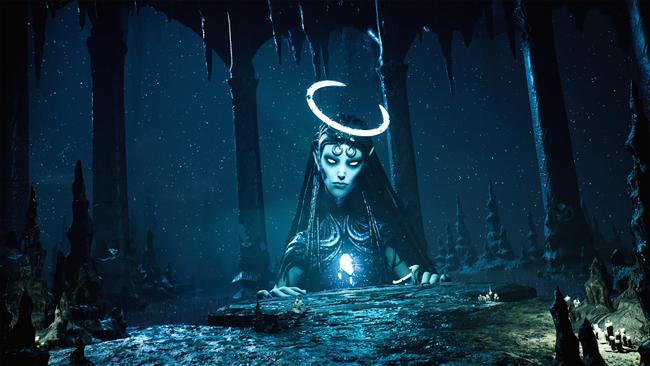
In each of the realms, there is also a secondary storyline that has its inhabitants ask players to go beat the big boss in their realms through narrative reasons of their own. The one that I particularly enjoyed revolved around a whodunnit murder mystery between three council members. It also helps that this particular realm was my favorite because it was in a state where two worlds were already unceremoniously merged together, so the visual variety of its environments was inherently more contrasted than the other realms.
I’m not even sure if this same exact storyline plays out identically from person to person, or if it is strictly mandatory to proceed in other playthroughs - or if it’s simply one of many activities that was pulled as a trigger to complete this realm. In an earlier campaign before I rerolled, that same realm had a different objective involving retrieving masks that may have been the critical path forward to complete that realm in that playthrough, while that same council storyline might have been designated as a “side activity” instead.
One of the biggest changes introduced in Remnant II is how its Archetype class system works. Remnant from the Ashes let players choose one Archetype that they could change at will, but only one Archetype could be equipped at any given time. In Remnant II, dual-classing Archetypes is now possible, which vastly expands the type of builds people want to work toward.
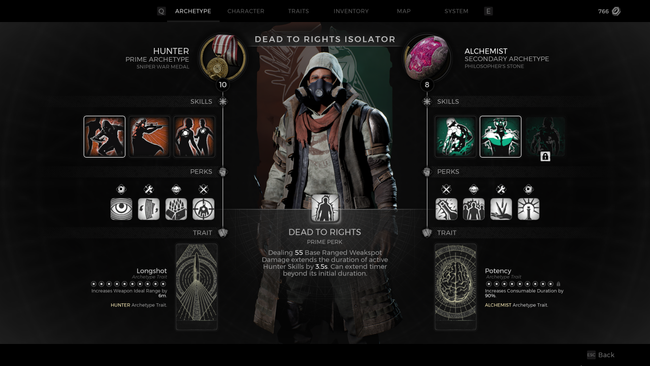
There are more Archetypes to choose from in Remnant II and they’re all more specialized this time around. The initial selection of Archetypes in Remnant II are the Hunter, Challenger, Medic, and Handler; those who pre-ordered can also unlock the Gunslinger early as well. There are other secret Archetypes that can be unlocked too.
Once again, everything is interchangeable; players aren’t locked to anything permanently in Archetype selection. The other initial Archetypes can be unlocked simply by purchasing their class item at other vendors in the home base and taking them to a specific nearby NPC to unlock them at the cost of that class item, some materials, and some in-game money.
Characters can equip a Prime Archetype and Secondary Archetype. Each Archetype will unlock four Perks (passive abilities) and three Skills (active abilities) as they level up. Perks are always applied on the character once they’ve been unlocked and that Archetype they’re on is equipped. On the other hand, only one of the three Skills from each Archetype can be set on the character at any given time.
The Hunter, for example, has three Skills it can learn. Only one of those three Skills can be set as my active ability. If I also had the Challenger Archetype equipped, I can also set one of its three skills as my active ability alongside the Hunter Skill I selected, but all four Perks from both the Hunter and Challenger are always active.
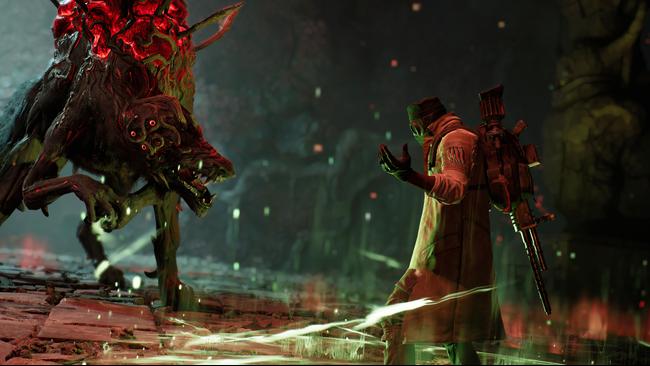
Each Archetype comes with its own unique Archetype Trait that is automatically applied upon equipping them too. Traits are additional parameters that benefit the Archetype; one increases a weapon’s ideal range and another raises the duration of buffs given by consumable items, for instance.
I do have a complaint about the current cap of earnable trait points. Its current cap is at 60 and feels far too limiting in making truly flexible builds. A handful of traits are too vital and universal for any character to simply be passing up on them for another specialized trait, so it makes selecting which traits to learn a more linear option than it initially lets on.
Another significant overhaul introduced in Remnant II is how equipment works, adding additional layers to character building compared to the original game. Armor set bonuses are no longer a thing in Remnant II; armor pieces affect armor, weight, and elemental resistance values only. Players have more versatility if they want to wear lighter armor for less stamina cost on their dodge rolls, wear heavier armor to bolster their defense, or simply follow their heart in what looks cool to them. Some accessory effects are dependent on weight class, so that’s another factor to consider for players.
Accessories have been expanded as well; one amulet and four rings are now available at the player’s disposal, and these further tweak what sort of build a player wants to achieve. Some amulets can give flat stat increases, while others provide more unique effects, such as buffing a weapon mod’s ability if a shield is active. Rings can grant faster melee speed, passive life regen, and even a small shield when a gun’s magazine has spent most of its ammo.
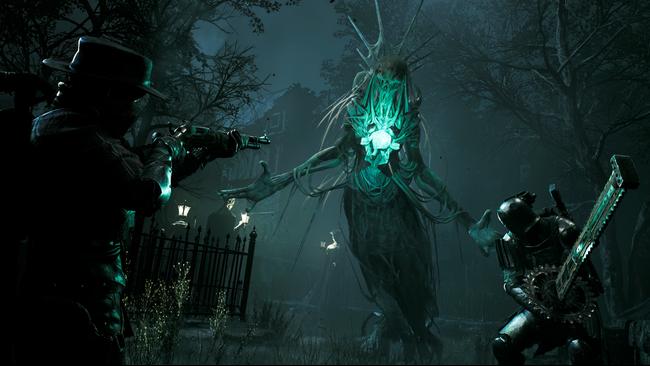
Even the primary restoration items, Hearts, come in different forms and can now be equipped with three Relics to grant small bonuses to stats. The starting Dragon Heart is, as you’d expect, a quick instantaneous heal while another Heart regenerates overtime and is doubled on any overhealed health for a few seconds. Some Hearts don’t heal health at all, and focus on generating another resource, such as Weapon Mod Power instead. Relic slabs are found in the environment and are slotted into these Hearts to give small percentage increases to stats like damage reduction, ranged critical damage, and a bunch of other stats.
Weapons remain largely the same as players depart the base with a primary gun, sidearm, and melee weapon. Weapon mods and entirely new weapons are crafted with materials dropped by bosses; like in the first game, some bosses can reward different stuff based on how they’re killed. The new enhancement option for them comes in the form of new Mutators that can be equipped. These effects can range from a damage boost to the first shot fired after reloading, continual damage enhancements the longer a person aims, melee hits giving damage increase stacks per hit, and so forth.
Trait points can be found as blue consumables and the starting ones are your basic increases to max health and max stamina, but overcoming some activities will unlock entirely new Traits to put points into - such as lifesteal, AOE size, and evade distance.
All of this culminates in a very gratifying character-building experience once I discovered a synergy that worked for my playstyle. I found a unique gun that only contained 1 shot per magazine, but that shot would continuously bounce off nearby walls and enemies. It paired nicely with a ring that gave me a shield that activated once 75% of a magazine was spent (or in this case, it was always spent so I was always given a shield per shot). On top of that, an amulet I wore gave buffs to that weapon’s mod damage because I had a shield up. Additionally, the mutator I slotted into that gun buffed the first shot that was fired off after reloading and because that gun only had 1 shot per magazine, every shot I fired was always the first shot after a reload.
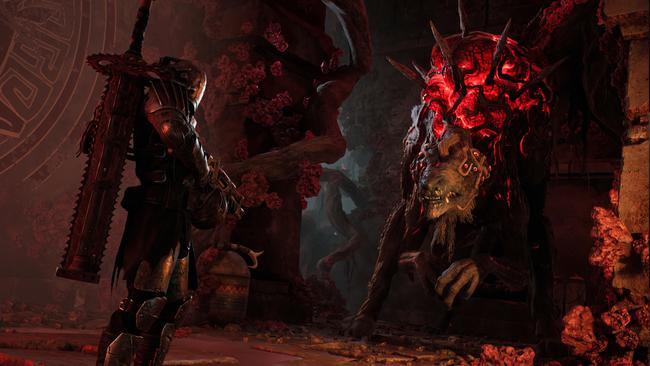
Simply put, it felt awesome, and that’s what makes Remnant II so good. It brings the joy of intricate character building at its forefront and the way to continually go about it is to play the game more and more as it varies up what players experience with its complex procedural generation as new activities and boss encounters are constantly being found. I should also briefly mention that the map system is vastly improved in Remnant II; it’s way easier to tell where you are on the map and what places you haven’t been to in the map zone yet.
A single full campaign took me a little over 20 hours. Most of it was done solo, though there were a few times some random people joined me here and there. There is still a lot of the game I have yet to discover and I’m eager to experiment more with the Archetypes I haven’t touched yet. The game supports online multiplayer up to 3 players; it's been a ton of fun to play with my friends and explore Remnant II's myriad of secrets together.
Remnant II is an excellent sequel that smartly improves upon what Remnant: From the Ashes did best. Its story is lackluster, but its moment-to-moment gameplay is superb. There will inevitably be a sense of deja vu with repeated environmental layouts as players run into the same realms again and again the more time they put into it. Above else, it is easily one of the best action RPGs when it comes to in-depth character-building options and encouraging exploration this year